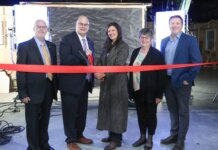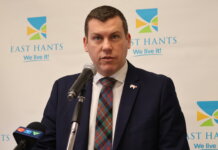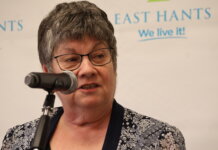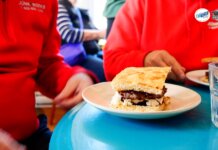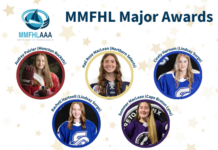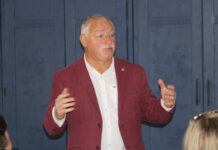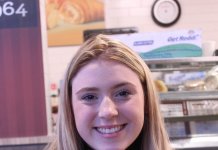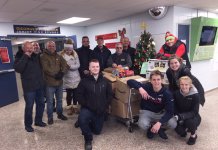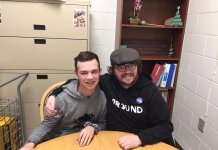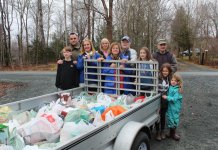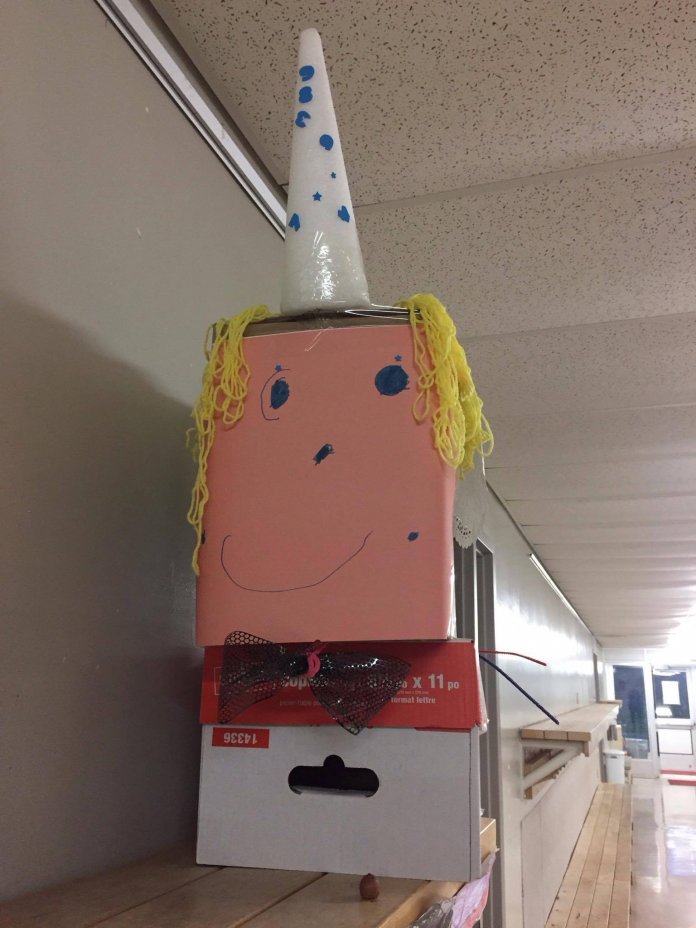
FALL RIVER: What started out as a simple classroom project for Jennifer Reed’s class at Ash Lee Jefferson School, quickly swept across the whole school.
As a result, each of the grades at the Fall River elementary school—all 530 some students—took part in a new initiative aimed at educating them in a plethora of ways. That new initiative is called the Cardboard Challenge.
It sees students bring in cardboard from home—in Ash Lee Jefferson’s case it was bags and bags of them—to create projects, all the while being innovative, problem-solving and brainstorming. Reed and two other teachers are taking their Masters in Curriculum Studies with Technology Integration.
“One of our assignments was to do a Maker Space lesson plan or take part in the Cardboard Challenge at the school level and then we had to do a presentation on it,” explained Reed. “We had to include feedback from the students.”
The Cardboard Challenge is done through the Imagination Foundation, which was founded to find, foster and fund creativity and entrepreneurship in children around the world to raise a new generation of innovators and problem solvers who have the tools they need to build the world they imagine. Caine’s Arcade, created by a nine-year-old boy, is where it all got its start.
Reed was telling a colleague about what she was going to be doing it with her students, and another coworker came in. Reed showed her the video and off she went to each class.
“Everybody wanted to participate,” she said. “It was just like Caine’s Arcade, they made things out of cardboard.”
She said the response was “unbelievable.”
“I had no idea that it would be a school-wide phenomena,” said Reed. “There’s a girl in Grade 4 and she made a monopoly for Fall River. The thought and process that would have went into that. There was another student who made the Titanic. A Grade Primary student made a Unicorn.”
The main goal was to learn about technology—which doesn’t mean the use of a computer.
Reed said the planning has started to do it again next year.
“The kids all want to do it again,” she said. “It was such an engagement and learning tool.”



